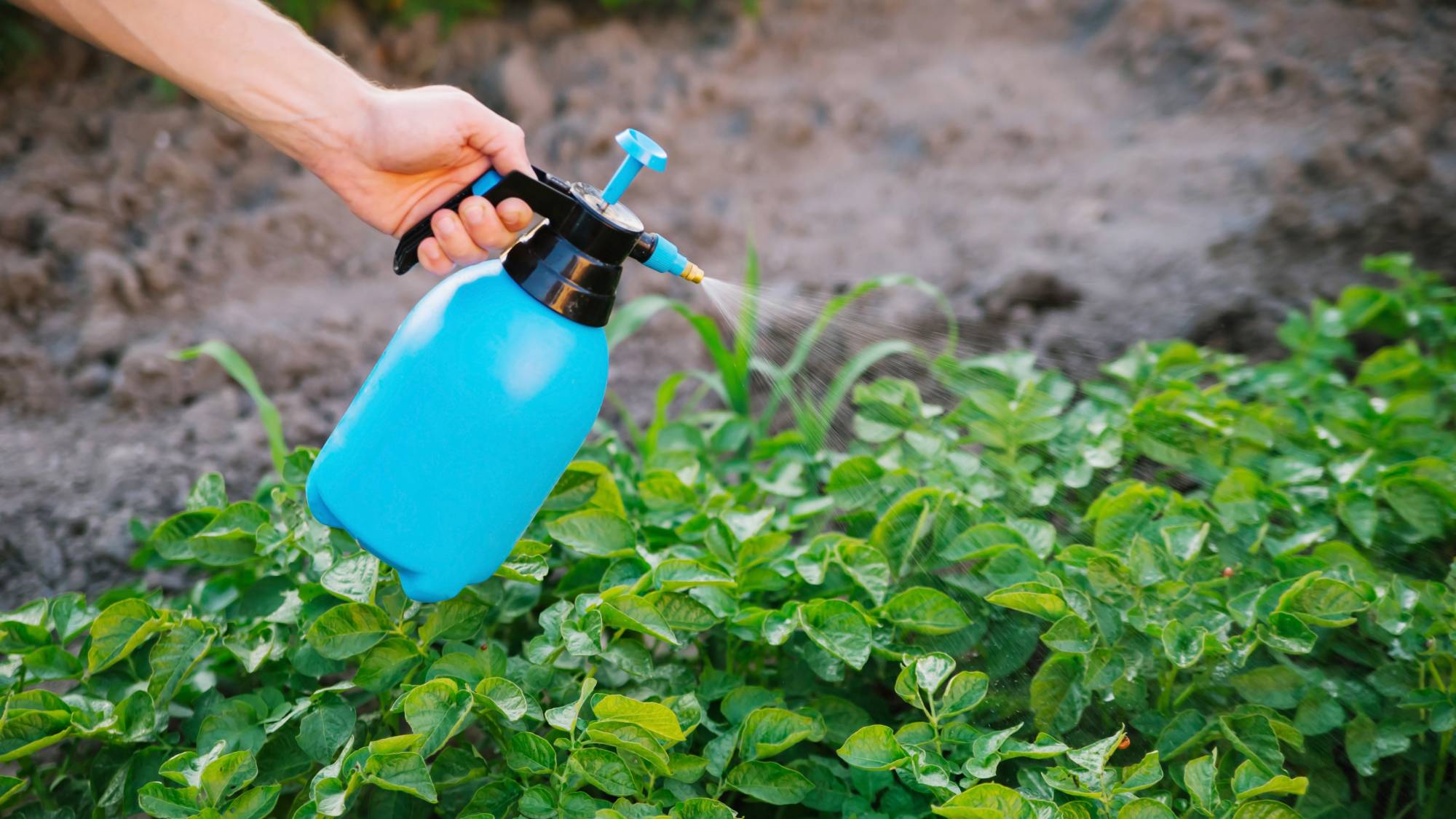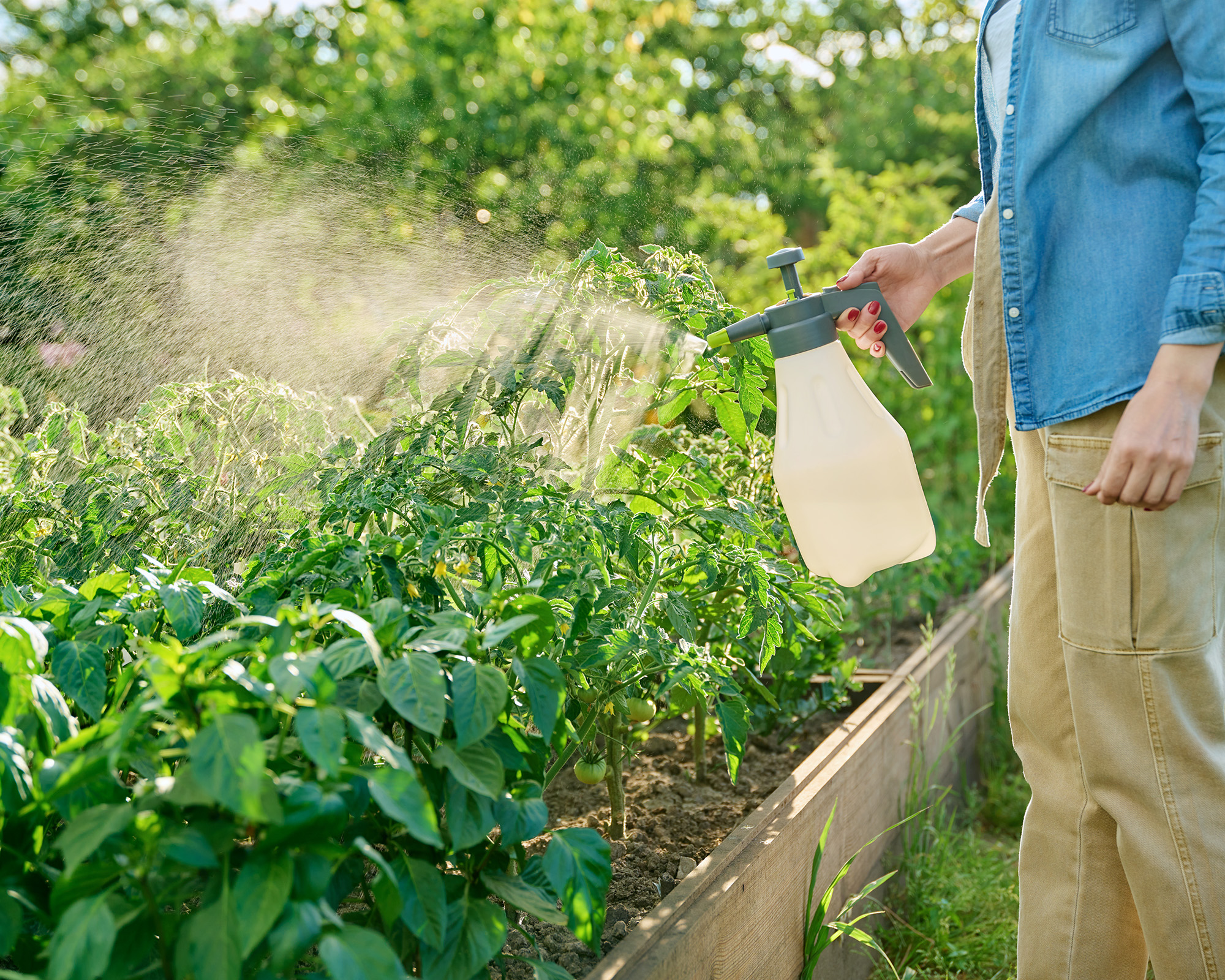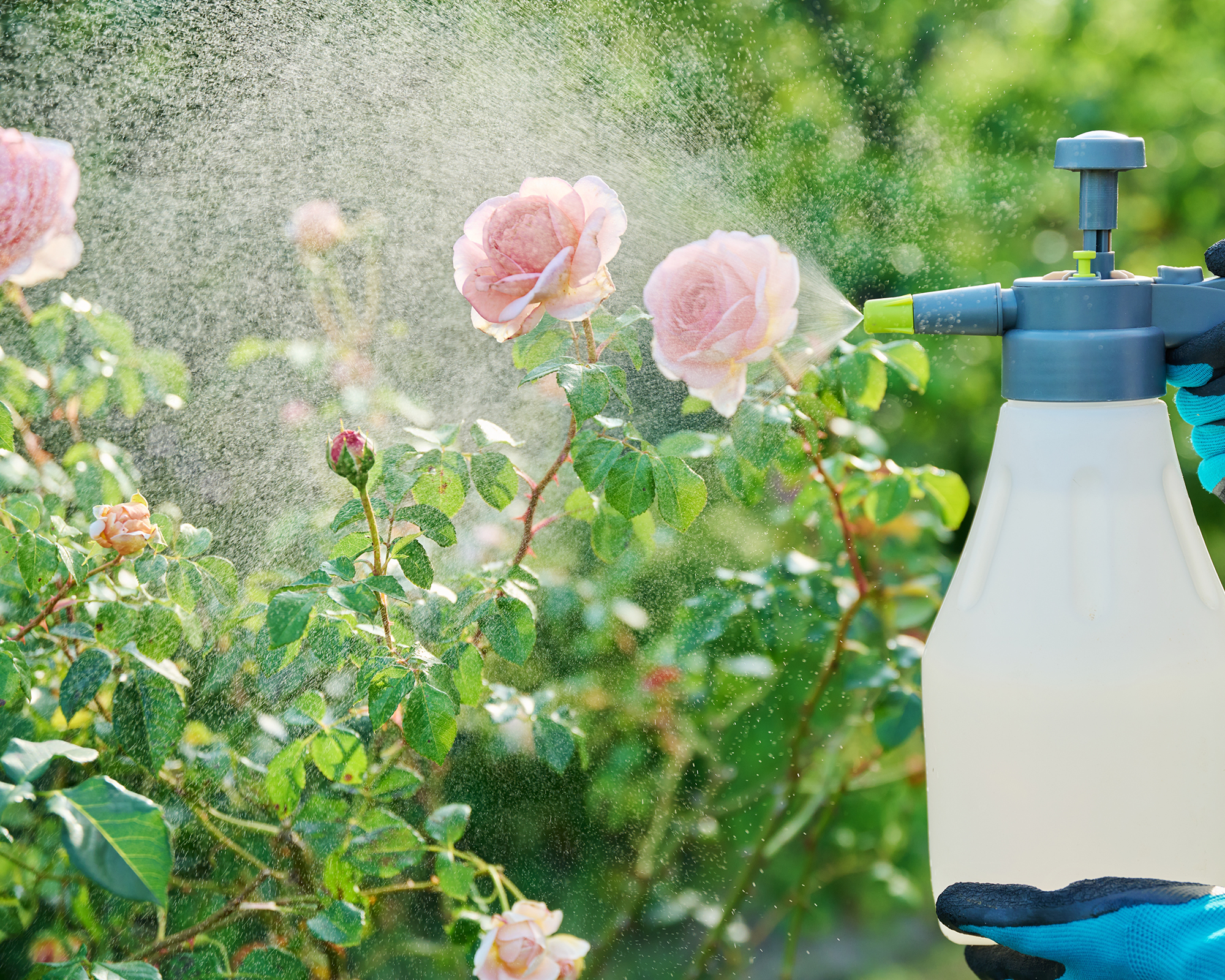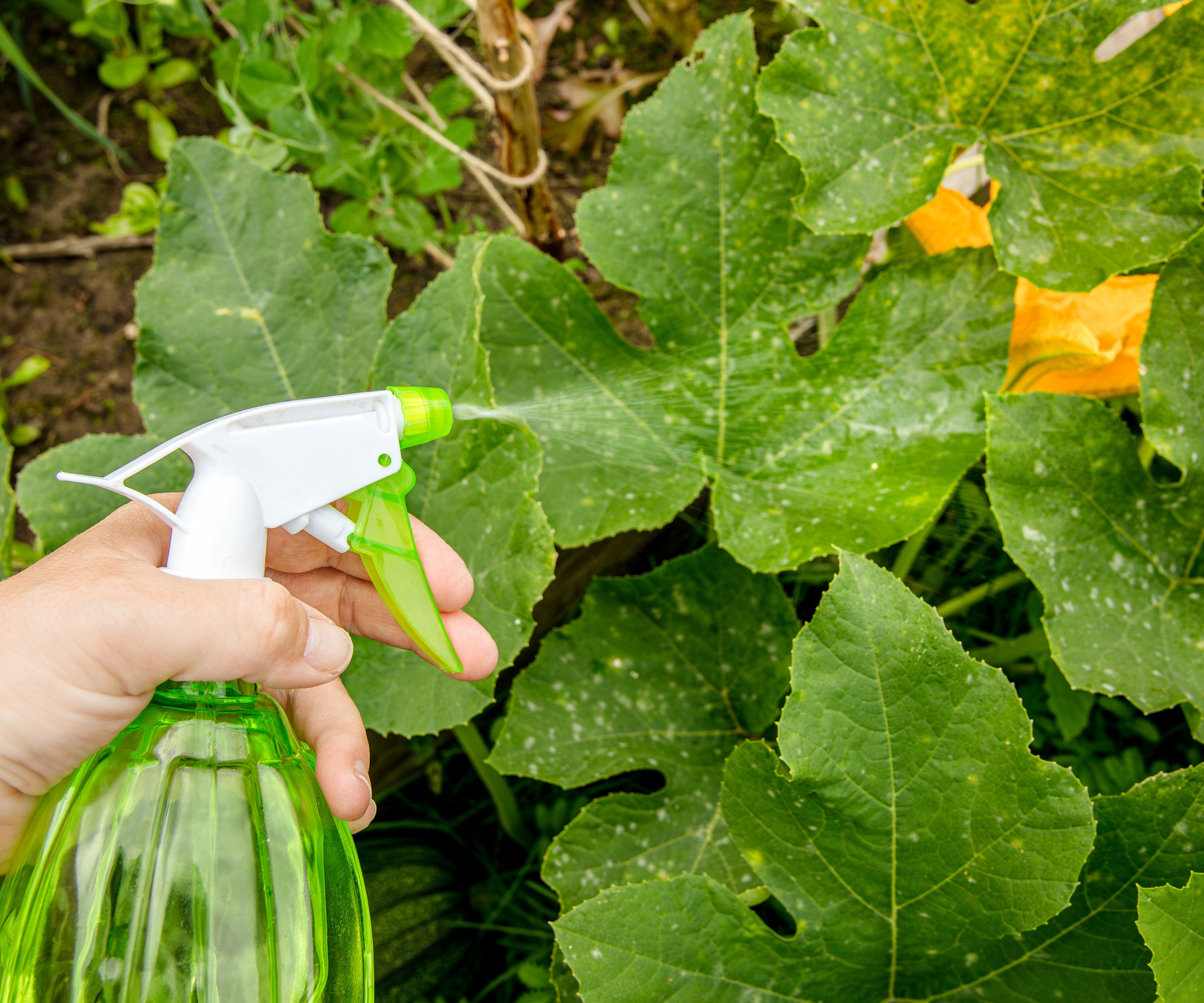How to Use Copper Fungicide: Safe Tips for a Healthy Garden
Copper fungicide fights off fungal foes like blight that hit your garden hard. Dig into when to use it, safe application tricks, and risks to avoid.


Copper fungicide is an old-school trick for saving your prized crops when disease hits hard. It’s a gardener’s standby that keeps your plants from going under. But it’s not a fix for every problem in the dirt.
This fungicide for plants fends off trouble that can wreck your crops fast. Used right, it’s a traditional tool with both strengths and risks.
What makes copper fungicide unique is how long it’s been relied on—decades of use have proven it works, but also highlighted its limits. It suppresses many common fungal threats, yet careful handling prevents buildup in the soil and keeps beneficial insects safe.
What Is Copper Fungicide?
Copper fungicide is a mix of copper compounds, invented in 1885 with the discovery of the "Bordeaux mixture" fungicide by French botanist Pierre-Marie-Alexis Millardet. He found that a combination of copper sulfate and lime effectively controlled downy mildew on grapevines. This was the first ever fungicide. It applies a shield on your plants’ leaves and stems, preventing them from taking hold, or stopping them cold. Liquid copper fungicide is the go-to, and easy to mix in a bucket.
This stuff has been saving gardens since way back, and is safe for most plants if you follow the rules. It doesn’t sink into leaves—it sits there, ready to knock down any fungus that shows up. A quick spray on crops can stop plant rust from spreading.
When to Use Copper Fungicide

Copper fungicide is your best bet for fungal problems. It can help with certain issues like powdery mildew, leaf spots, blight, and others. Spray it when you see early signs, like white fuzz on zucchini leaves or black dots on roses. Learning how to catch it quickly keeps your garden from turning into a sorry sight.
It works on veggies like cucumbers or ornamentals like lilacs. Don’t expect too much for diseases such as late blight of tomatoes and potatoes. It isn’t very effective against them. Skip it on wilted plants or when it’s blazing hot—leaves can scorch. Spraying plants like peppers in damp fall weather blocks late blight. It’s broad-spectrum, tackling lots of fungi without letting them get out of hand, but save it for when cultural tricks like better airflow don’t cut it.
Sign up for the Gardening Know How newsletter today and receive a free copy of our e-book "How to Grow Delicious Tomatoes".
How to Apply Copper Fungicide Safely

Mix liquid copper fungicide as the label says—usually around a tablespoon per gallon of water in a spray bottle. Stir it well, maybe in an old coffee can for small batches. Spray in the early morning or evening when it’s cooler than 85F (29C) to avoid frying your plants. You can find ready-to-use copper fungicide spray from Bonide on Amazon.
Spray until the leaves have an even, light coating—just enough to look damp, not dripping. Heavy runoff wastes the product and can hurt the soil. Reapply every week or so, or after a soaking rain, but don’t go past a handful of treatments each season.
Try a test spray on one leaf first to avoid a crispy plant or other ugly surprises. Wear gloves and a bandana over your nose—copper can sting skin or lungs.
Precautions and Risks
Copper fungicide is a solid tool, but it comes with limits. Heavy use leaves copper behind in the soil, where it can upset the natural life underground, like earthworms and beneficial microbes. To stay safe, use it no more than four times a year, and avoid spraying near water since it’s toxic to fish. Ferns, basil, and other tender plants can scorch or brown in full sun, so test carefully before covering the bed. Always store it cool and dry, and keep it out of reach until it settles.
Neem Oil vs Copper Fungicide

Neem oil vs copper fungicide comes down to preference, really. Neem oil, which can be purchased on Amazon, can slow fungal spread and is gentler. Copper fungicide spray hits harder, preventing fungus from establishing, but tougher on soil health.
Neem is great for early prevention on roses or organic plots. Copper is better suited for bad blights on tomatoes or other plants. Use neem for first signs, copper when things get rough. Both wash off in rain, so reapply.
Neem is much kinder to good bugs, and copper is a heavy hitter but riskier long-term. Used wisely, copper fungicide is a rescue remedy—not a routine spray. Pair it with smart gardening, and you’ll keep disease in check without stripping life from your soil.

Tyler’s passion began with indoor gardening and deepened as he studied plant-fungi interactions in controlled settings. With a microbiology background focused on fungi, he’s spent over a decade solving tough and intricate gardening problems. After spinal injuries and brain surgery, Tyler’s approach to gardening changed. It became less about the hobby and more about recovery and adapting to physical limits. His growing success shows that disability doesn’t have to stop you from your goals.